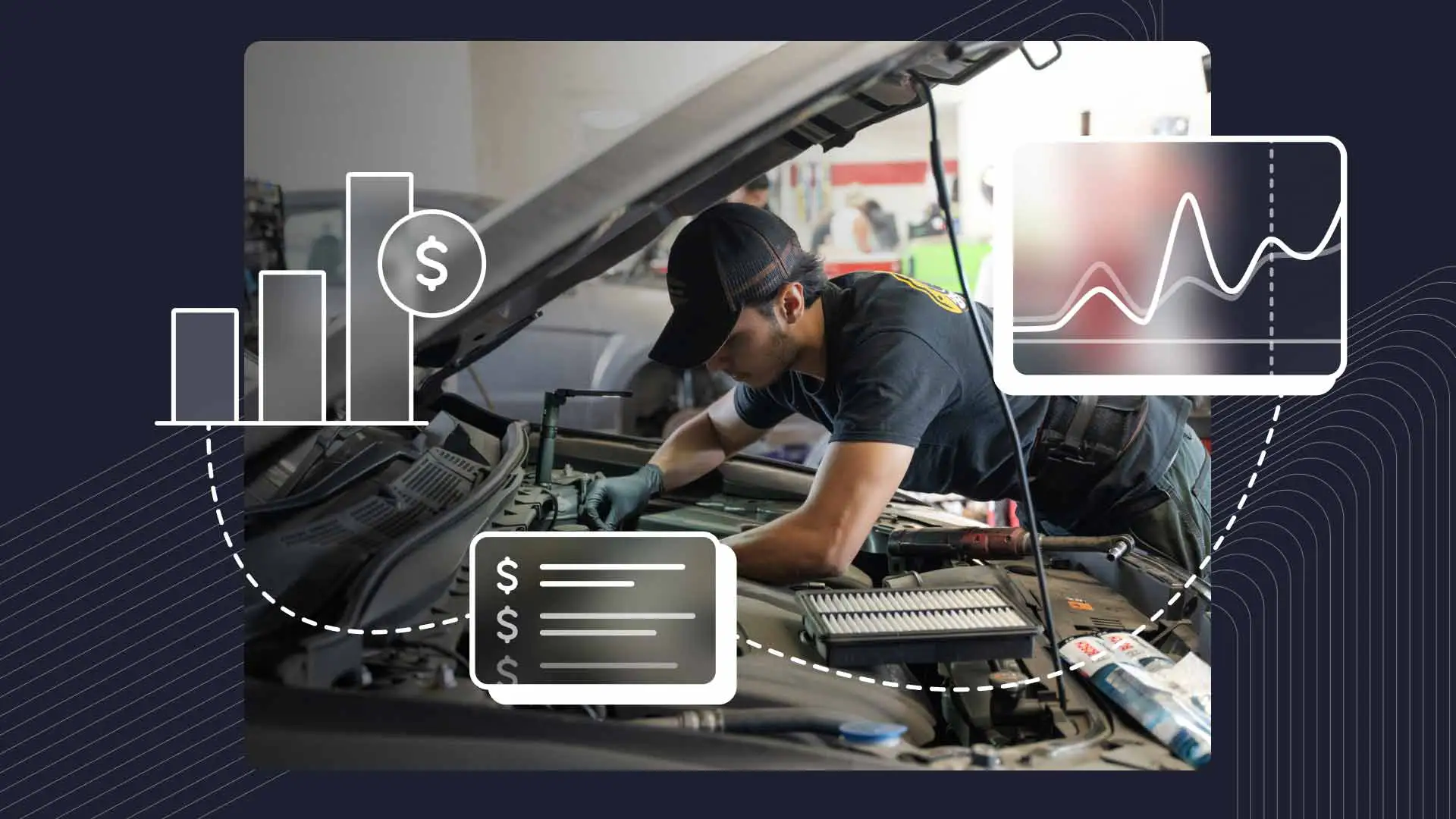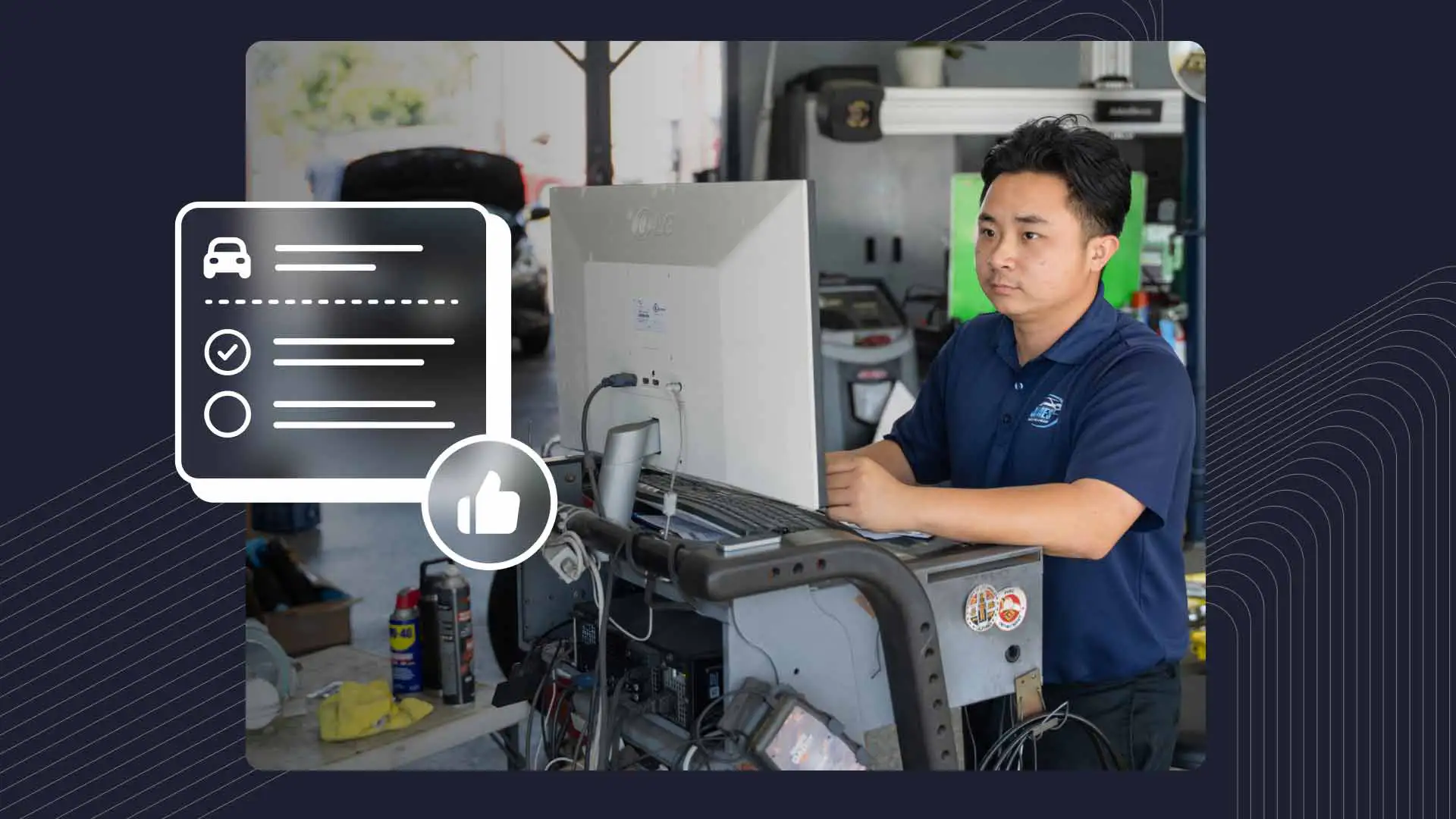Whether you’re a truck repair technician or one of the many diesel enthusiasts we come across in this industry, you probably know the importance of staying trouble-free under the hood. Regular maintenance and timely repairs are essential whenever heavy-duty rigs take to the highway.
One critical area that can mean the difference between a smooth day of travel and a costly breakdown is understanding diesel truck battery voltages. Being able to identify a healthy–or feeble–voltage reading, issues related to the alternator, and how multiple battery systems can affect performance are all vital to keeping trucks in good working order.
So, let’s make sure you’re equipped to deal with these diesel battery-related matters safely and efficiently by going over some key points of interest.
Diesel Truck Battery Basics
From start-up onward, a well-maintained and properly functioning battery system is critical to the overall operation of heavy-duty vehicles. Understanding the basics can help prevent unexpected complications or failures.
Voltage Requirements
Most modern vehicles are equipped with 12-volt batteries. But while a typical passenger car only needs one battery, diesel trucks usually contain a pair of 12-volts arranged in parallel. This configuration, where both batteries’ positive and negative terminals are connected to each other, isn't just for show; it's designed to provide the extra cranking power necessary to start the high-compression engines found in diesel trucks.
Healthy Battery Voltage Reading
When assessing the health of a truck's battery, there are some key voltage readings to keep in mind. A fully charged and healthy battery should display somewhere in the neighborhood of 12.6 volts when the truck is at rest. If you get a reading of around 12.4 volts after it's been off for a while, there's generally no need to worry. However, any reading below 12.2 volts should raise an immediate red flag and warrants a closer look.
Voltage and Engine Start-up
Starting a diesel truck requires a high level of voltage to power the starter motor and ignite the fuel in the engine. Without enough voltage, the engine may struggle to start. This is an issue that can and should be monitored before it escalates.
Cranking Voltage Dip
It's natural for the battery voltage to dip during engine startup. This is caused by the battery exerting its power to crank the engine. A strong battery will rebound quickly, however, returning to the normal voltage range once the engine is up and running.
Low Cranking Voltage and Potential Issues
Keep an eye out for signs of a stumbling battery during engine startup. If the voltage drops excessively, say, below 10 volts, and has trouble recovering, this is often a sign that the battery might be weak and on its last legs. Don’t ignore this warning–it likely means your battery is near the point of failure and may soon be incapable of starting the truck.
The Alternator’s Role
Having a good working knowledge of what the alternator does, how exactly it works, and the importance of proper testing–including its ideal output voltage range–can help identify and avoid potential setbacks.
Importance of the Charging System
The alternator isn't just another component under the hood; it maintains the battery's charge while the engine is running. A faulty alternator can spell disaster, as it won't properly recharge the batteries, leading to low voltage readings and, eventually, to starting problems that can cut your truck’s trip short, or worse.
Testing Alternator Output Voltage
To ensure the alternator is doing its part, you’ll want to test its output voltage. A healthy alternator should churn out around 13.8 to 14.8 volts. Any reading significantly outside this range can indicate a problem with the charging system. Just bear in mind that a reading significantly below that range–anything lower than 12.5 or so–doesn’t necessarily point to a bad alternator. The problem could stem from loose or worn battery cables, faulty wiring, a bad battery, or even a charging control issue tied to the PCM, among other possible causes.
Multiple Battery Systems and Testing
The complexity of multiple battery systems shouldn’t be downplayed. If one battery is weaker than the others, it can affect the overall performance of the system. It's not enough to simply replace the battery with the lowest voltage reading. You must test batteries individually to accurately pinpoint the failing one(s).
That said, if one battery needs to be replaced, it’s often recommended that both be swapped out for new ones at the same time. Using batteries at different stages of their life cycle can result in power being distributed throughout the vehicle unevenly. Under this scenario, one battery will always be overcharged, while the other is perpetually undercharged, reducing the longevity of both units.
Taking Charge
In the world of diesel trucks, where every component matters, regular monitoring of battery voltage is not just good practice—it's essential. Understanding the voltage ranges and their implications is a fundamental part of keeping these diesel engines running smoothly.
To ensure accuracy in your diagnosis and maintenance, we recommend investing in a good quality digital multimeter. This tool is indispensable for testing battery voltage, alternator output, and diagnosing a host of electrical problems.
And, if you’re ready to really crank up your service game, consider enhancing your workshop's capabilities with Shopmonkey’s heavy-duty truck repair software. This best-in-class resource is designed to streamline your operations, ensuring that every battery check and alternator test contributes to keeping those trucks—and your business—moving in the right direction.




